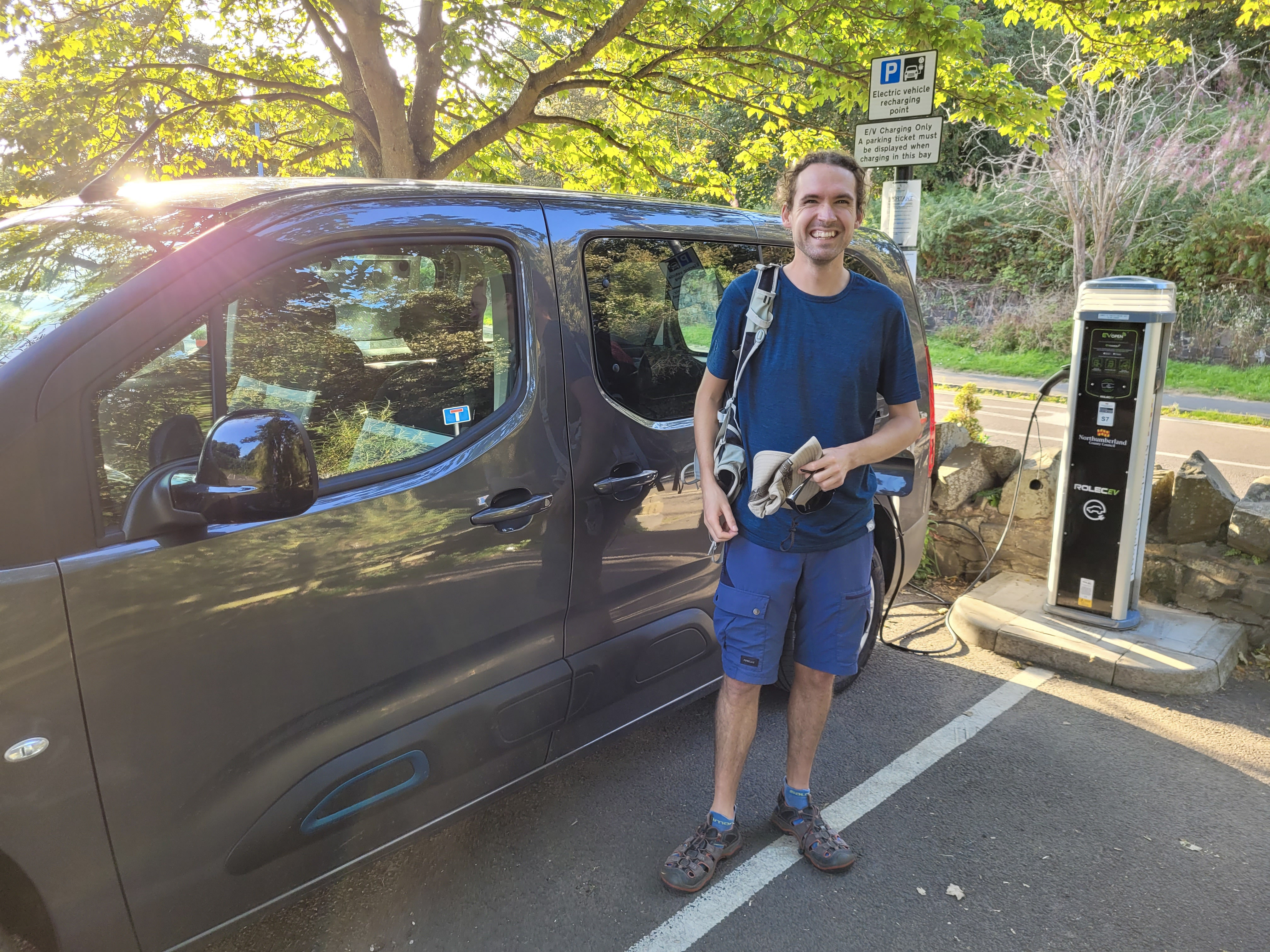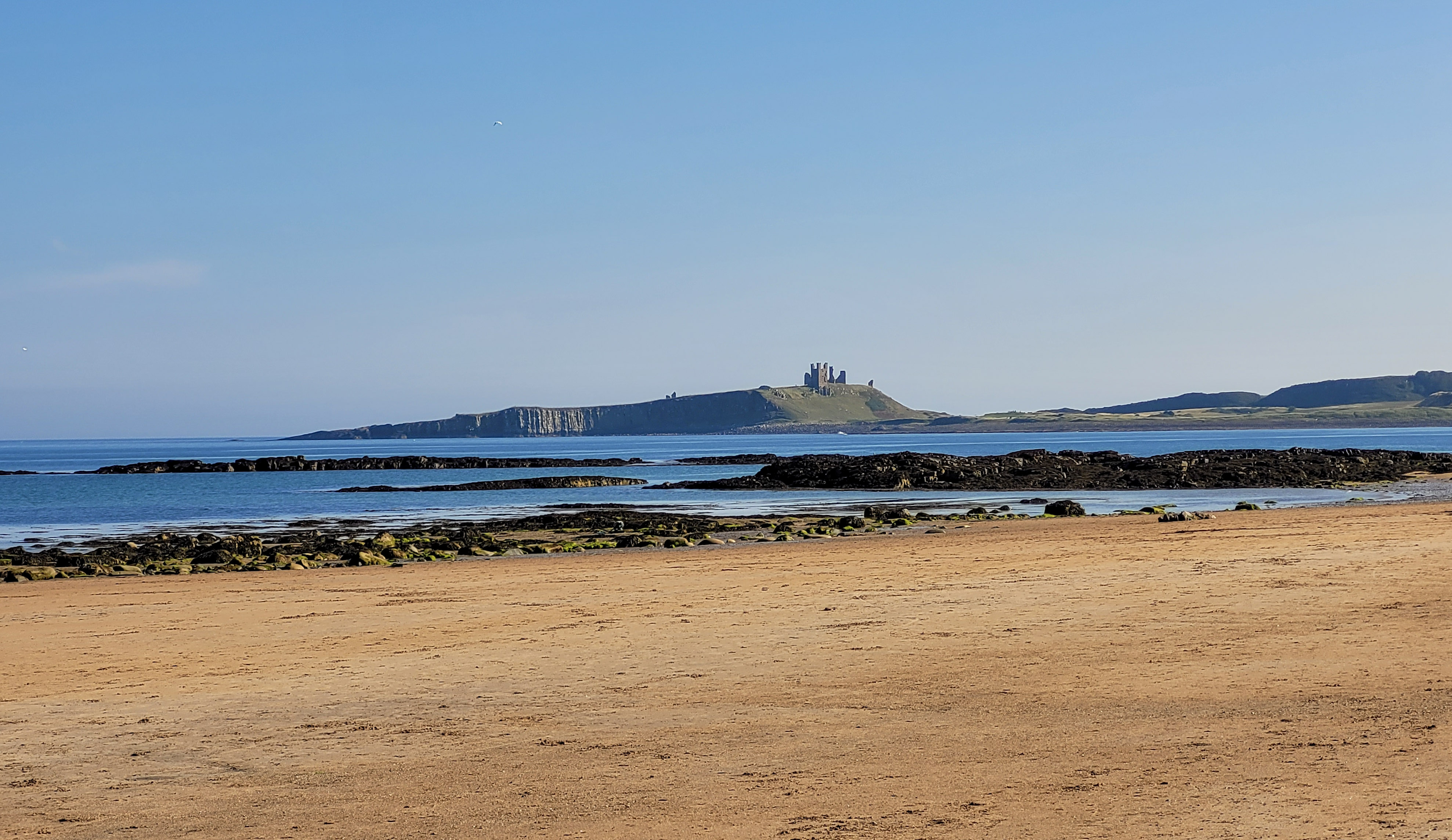There seems to be a concerted push amongst right-leaning media outlets recently to dial up the rhetoric around the downsides of electric vehicles. The same old, already-disproven arguments are being dragged to the surface for a last breath of air: they’re worse for the environment because of battery manufacturing and power generation (not true), they’re more likely to spontaneously catch fire (quite the opposite, and by a significant margin) and that inadequate charging infrastructure and low ranges make them a practical nightmare for anything but popping to the local supermarket.
That last one is the clincher. Anecdotally, “range anxiety” is the number one reason why people I speak to haven’t made the switch yet. In part, that includes myself - our most popular holiday destination, the Scottish Highlands, is beyond the range of most EVs on the market. Scottish charging infrastructure, whilst surprisingly dense, has a reputation for being outdated and therefore liable to being out of service.
We recently had an excellent opportunity to give this range anxiety a proper test, albeit to the slightly closer destination of Northumberland. My in-laws bought a Citroen e-Berlingo over the summer, and we have use of it when they don’t need it, which we try and do as much as possible to reduce our emissions. A three day trip to the northeast, which is a little bit over a battery’s worth of charge away, seemed like a perfect opportunity to take our first tentative steps in the world of EV holidaying.
TL;DR Link to heading
Our holiday was perfectly normal - far from the horror stories of broken chargers and queues, we barely noticed a difference to being in an ICE car, except our supermarket choice was dictated by the ones that had EV chargers.
The car Link to heading
This isn’t a review of the car itself, but a few stats are useful to set the context: A 50 kWh battery gives a nominal range of 157 miles for the 7-seat variant. In practice, if driving sensibly, this seems surprisingly realistic. Indeed, on a day of driving slowly around the coast, we averaged 4 mi/kWh, equating to a range of 200 miles. It boasts a maximum charging power of 100 kW, though in practice you won’t want to go that high too often to save your battery. EVs are fun to drive, and there’s no exception here.
The holiday Link to heading
The plan was to drive from our home in Lancaster to somewhere near the Northumberland coast, a journey of a little over 150 miles. The evening before, we sat down with the Zapmap to plan our charging stops. Isn’t that a big pain having to plan where to charge rather than just heading off? No, not really - we would have stopped off somewhere on the way anyway, so it was simply a case of saying “where do we fancy stopping?” and checking if there was a charger there. The same applied to the rest of the holiday - “we fancy going to Lindisfarne, is there a charger there? Yes there is, excellent!”.
So the outward journey went as follows: We set off with 150 miles of charger, got to Barnard Castle Lidl with around 70 miles left. We plugged it into the 50 kW rapid charger and after a quick pop around the supermarket, the range was already back up to 140 miles. It was a hot day by UK standards, and one of the great advantages of EVs is being able to “pre-condition” your car - in our case, having the air conditioning on whilst it charged. By the time we got to Alnwick, we were back down to about 80 miles, giving us just enough time to have a wander through the town and a look at the castle whilst we were plugged into another 50 kW rapid charger. For me, this really dispelled the “it takes ages to charge” myth - if anything, we were rushing back to the car to make sure we weren’t blocking the charger. Though that in itself could be a bit of a disadvantage.
The next few days went similarly uneventfully, at least from a charging point of view. A series of 7 kW chargers along the coast worked perfectly in trickle-charging the car whilst we explored the attractions, and we stopped once on the journey back in Hexham for another rapid charge. The only real excitement was that the first charger we went to in Hexham was out of service - it turned out the in-service charger was the other side of the car park.
So - perfectly normal, and far from the horror stories that you might have read. Were there any disadvantages? Maybe, or at least “nuances” that are worth considering, so here is an honest run through of them:

One of the Type 2 chargers along the Northumberland coast, this one in Craster delivering us 7 kW whilst we went for a walk to Dunstanburgh Castle
The nuances Link to heading
- Timing your charges can be a little awkward. The problem is that rapid chargers can be a bit too rapid. Charging a 50 kWh battery from 20% to 80% will only take around 40 minutes, which might be a bit too long to sit around doing nothing, but a bit too short to have a proper explore around where you’re parked. Slower chargers give the chance for a longer exploration, but you still have to time your exploration to not be longer than it takes to charge your car.
- Cost: If you are on a special EV tariff and charging overnight at home, then EV costs are significantly less than fuel. It costs about 3p/mile to run the e-Berlingo on a home charge, compared to around 15p/mile for a reasonably efficient ICE. However, charging via the fast and rapid charger network can be expensive. Rapid chargers tend to be 60-80p/kWh, which works out at around 20p/mile. So you will want to keep those rapid charges to a minimum. Time-gone-by there was a reasonable selection of free chargers, but they seem few and far between these days.
- Lots of chargers are in public car parks that you have to pay for. I personally think it is unreasonable of car park owners to charge for parking whilst you are charging, seeing as they will already be making money from your charge payment, or will be receiving money from the charger owner to rent the parking spaces for their charger. They’re effectively double-earning off your visit.
- Dodgy apps: Whilst there is a move towards all chargers accepting contactless payment, a lot of older generation chargers still require you to use their app or website. Some of these are pretty terrible. Our worst experience was the chargers on Northumberland County Council car parks. You need to use the “EvCharge.Online” website, but a lot of the chargers are in areas with weak internet signal. In fact, one car park in Craster had no signal at all. To account for these, there was a free WiFi network to connect to, but this was turned off at 6pm, so good luck if you wanted to charge after this time! EvCharge.Online also makes you pre-add credit, so you have to guess how much energy you’re going to need. All of this requires that you own a smartphone, have mobile data and are reasonably tech savvy to figure out the apps. Which brings me on to…
- Reliance on internet: As well as some chargers requiring an internet connection to charge, you will also need internet to browse the Zapmap for the nearest chargers. Unlike petrol stations, EV charging points can be quite hidden away - good luck finding them without the exact pinpoint on the Zapmap!
Time will tell whether our experiences so far will pan out to be the norm, but so far so good. I am certainly a lot more optimistic about a full transition to EVs than before the trip, and hopefully as the charger network grows and matures, a lot of the nuances will be ironed out.
